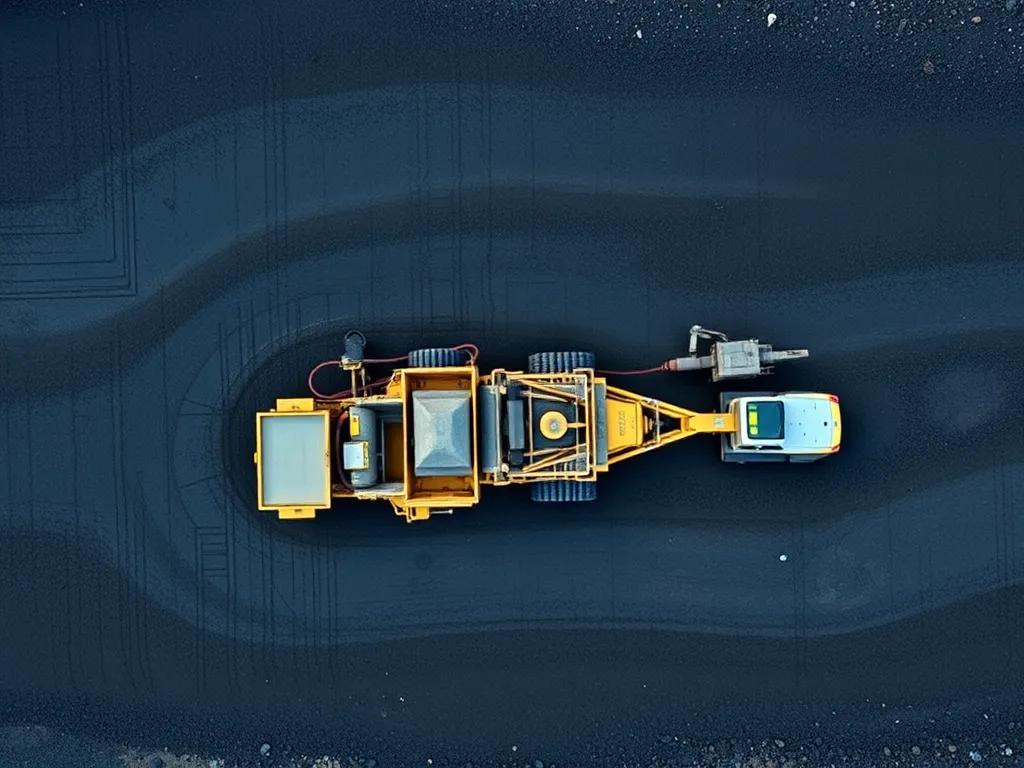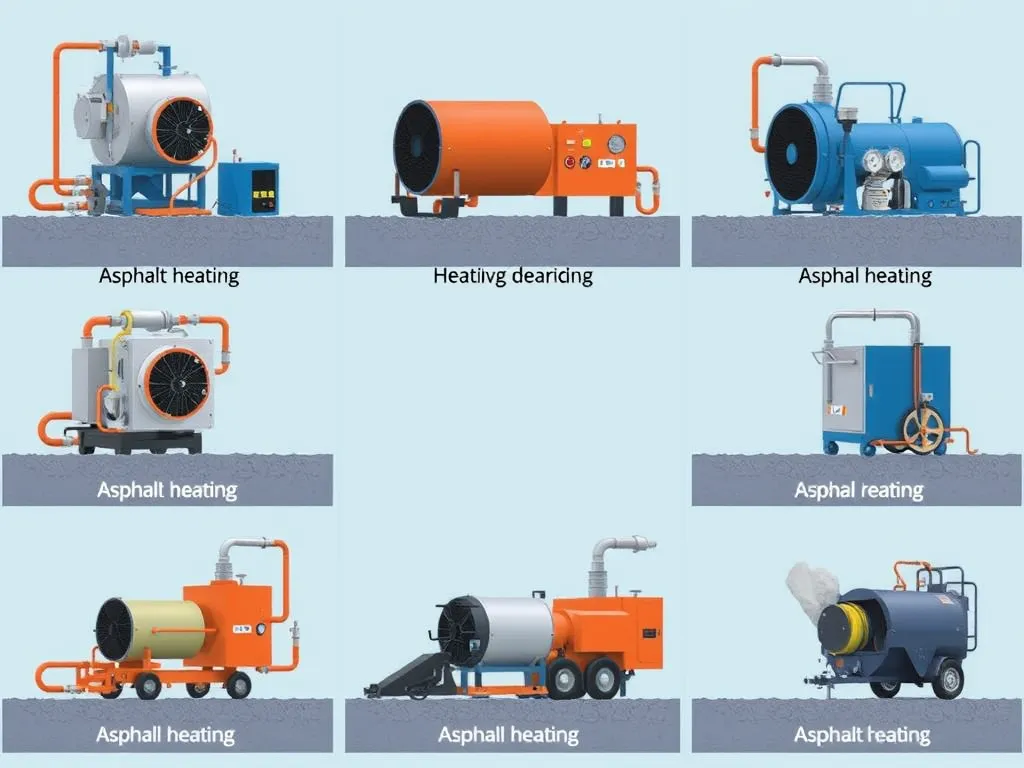Asphalt Skid Resistance Standards: The Road to Safer Pavements
Published on: August 5, 2025 | Last Updated: April 14, 2025
Written By: George Voss
Asphalt skid resistance standards are technical rules defining how well pavement surfaces prevent vehicle sliding. These specifications measure tire-pavement grip using metrics like Coefficient of Friction (tire grip ratio) and Skid Resistance Index (SRI). They ensure roads stay safe in rain, snow, or wear by requiring specific aggregates, surface textures, and friction testing. Compliance with AASHTO, ASTM, and state protocols like California Test 342 is legally required for highways, airports, and urban roads.
This guide breaks down skid resistance testing tools like British Pendulum Testers (measures slip potential) and Texas DOT’s locked-wheel trailers. You’ll see how agencies set minimum skid numbers (40+ for highways) and why states like California demand 35+ SRI on curves. We’ll explain how 12.5mm aggregates outgrip 9.5mm mixes and why asphalt ages 20% faster in wet climates. Get actionable data for material picks, maintenance schedules, and passing state inspections.
Contents
- What is Skid Resistance in Asphalt?
- Key Asphalt Skid Resistance Metrics
- Asphalt Skid Resistance Testing Methods
- Major Asphalt Skid Resistance Standards
- Factors Affecting Asphalt Skid Resistance
- Skid Resistance Calculation Methods
- State-specific Asphalt Standards
- Implementation &Amp; Compliance
- Environmental Considerations
- FAQ: Asphalt Skid Resistance Standards
- Final Words
- Additional Resources for You:
What is Skid Resistance in Asphalt?
Skid resistance shows how well asphalt slows or stops tires from sliding. It measures the grip between car tires and the road. This trait keeps cars in control during stops, turns, or wet weather.
Definition and Importance
Skid resistance comes from the mix of rocks, sand, and binder in asphalt. Rough surfaces give more grip. Smooth or worn roads lose grip over time. High skid resistance cuts crash risks by up to 35% on wet roads. Poor grip leads to longer stop times. A car going 60 mph needs 50% more space to halt on low-skid asphalt.
Role in Road Safety and Compliance
States set skid rules to meet safety goals. Texas demands a Skid Number (SN) of 35+ on highways. California uses a Friction Number (FN) of 45+ for high-speed zones. Roads below these grades face more crash claims. Firms must test pavements with tools like the Locked Wheel Trailer to pass state checks. Failing to meet ASTM E274 specs can void project funds.
Now, let’s explore the key numbers that define safe asphalt surfaces.
Key Asphalt Skid Resistance Metrics
Skid resistance in asphalt is measured using three core metrics. These values guide road safety plans and mix designs.
Coefficient Of Friction
The coefficient of friction (CoF) measures grip between tires and pavement. Expressed as a ratio (0.4-0.6 for new asphalt), higher values mean better slip control. Tests like ASTM E1911 or AASHTO T242 track CoF at 40-60 mph. Wet roads drop CoF to 0.3, raising crash risks.
Skid Resistance Index (SRI)
SRI scales skid resistance from 0 (low) to 100 (high). Scores above 70 meet most state codes. Agencies use SRI to flag worn roads needing overlay or milling. Texas DOT, for example, mandates SRI ≥ 40 on highways.
| SRI Range | Rating |
|---|---|
| 0-35 | Poor |
| 36-60 | Fair |
| 61-85 | Good |
| 86-100 | Excellent |
Minimum Skid Resistance Values
States set legal skid limits to cut crash rates. California requires 35 SRI on freeways; Florida enforces 45 SRI near curves. Falling below these triggers fines or rebuild orders. High-traffic zones often need 10-15% higher values than rural roads.
Next, we break down the tools used to verify these metrics in the field.
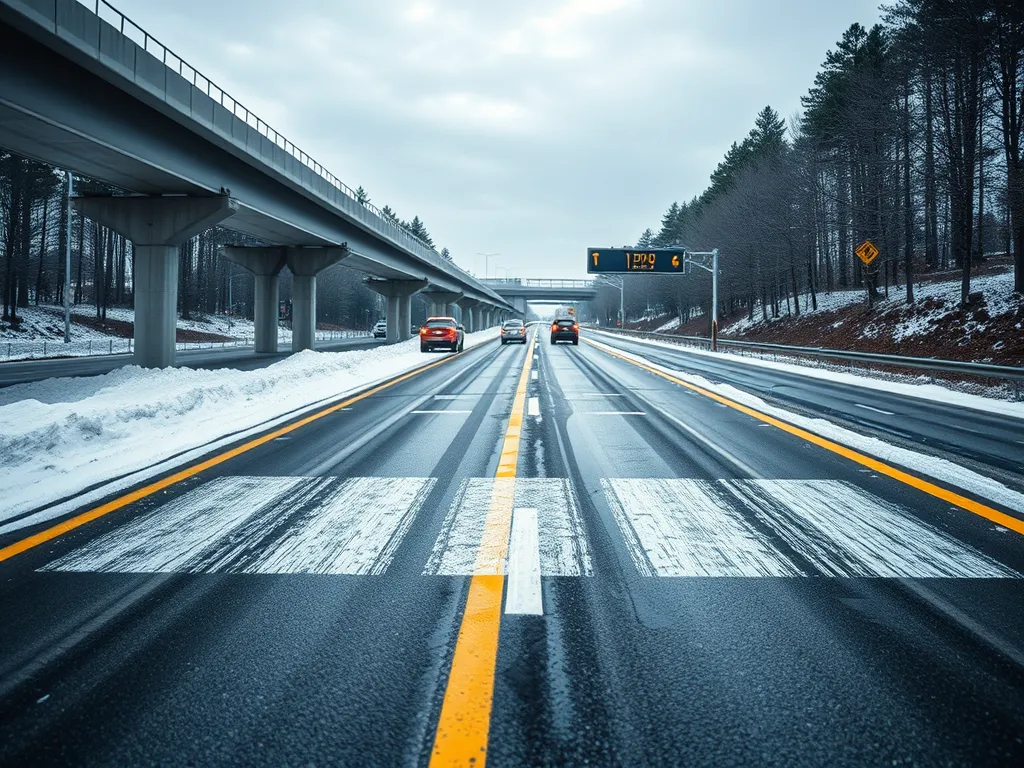
Asphalt Skid Resistance Testing Methods
Evaluating skid resistance requires precise tools and protocols. Four primary methods dominate asphalt skid resistance testing, each serving distinct scenarios from lab analysis to field measurements.
British Pendulum Test (BPT)
The British Pendulum Test measures surface friction using a pendulum arm with a rubber slider. When released, the slider contacts the asphalt, and the device records energy loss. BPT outputs a British Pendulum Number (BPN), with typical values ranging from 45-80 for asphalt surfaces. This method follows ASTM E303 and is ideal for small-scale lab samples or localized pavement spots.
Dynamic Friction Tester (DFT)
The DFT evaluates skid resistance at varying speeds. Three rotating rubber pads contact the surface while water is applied, simulating wet conditions. Friction coefficients get measured at 20, 40, 60, and 80 km/h, aligning with ASTM E1911. Highway agencies use DFT data to predict long-term performance, as friction loss above 0.3 at 60 km/h flags potential safety risks.
Locked Wheel Skid Trailer
This trailer-based system locks a test wheel under a controlled load while towed at 40 mph. Sensors measure drag force to calculate the Skid Number (SN), per ASTM E274. Caltrans and TxDOT rely on this method for network-level surveys, requiring SN ≥ 35 on high-speed roads. Testing costs average $1,200 per day, excluding traffic control.
Portable Skid Testers
Handheld devices like the Griptester and Walkway Friction Tester offer rapid field assessments. These units use a spring-loaded slider or pendulum to generate friction values instantly. While less precise than DFT or BPT, they’re cost-effective for routine checks, with models like the PosiTest FM delivering results within ±5% of lab standards.
Accurate testing sets the stage for compliance. Next, we’ll break down how results translate into enforceable standards across U.S. jurisdictions.
Also See: Does Ice Melt Damage Asphalt? Uncover the Truth
Major Asphalt Skid Resistance Standards
North American asphalt projects follow strict skid resistance standards to ensure road safety. Key frameworks include national guidelines from AASHTO and ASTM, plus state-specific protocols like California Test 342/660 and Texas DOT criteria.
AASHTO Standards Overview
AASHTO’s skid resistance standards govern 92% of U.S. highway projects. Their T 242-13 method measures static friction using ribbed tires, while R 76-13 outlines best practices for data collection. Projects targeting a skid number (SN) between 35-45 meet most highway requirements. AASHTO M 328-17 specifies polished stone value (PSV) thresholds >45 for aggregates in wet climates.
ASTM E303 Surface Friction Testing
ASTM E303 employs the British Pendulum Tester to calculate surface friction. Results show as BPN (British Pendulum Number), with 40-65 BPN considered optimal for asphalt roads. Calibrated rubber sliders mimic tire contact at 50 mph. Over 40 states reference ASTM E303 in their skid resistance testing programs.
California Test 342 & 660 Specifications
California mandates CT 342 for BPN testing and CT 660 for locked-wheel trailer evaluations. High-traffic zones like I-5 require 45 BPN minimum, while local roads need 35 BPN. Caltrans enforces 0.40-0.55 friction coefficients using ribbed tires at 50 mph. These specs address frequent rain and steep grades in coastal/mountain regions.
Texas DOT Skid Testing Protocols
Texas DOT uses ASTM E274/E1911 with a skid trailer measuring friction at 40 mph. Their Tex-1001-S standard sets SN40 targets: 30 for interstates, 25 for farm roads. Testing occurs every 24 months on curves with >3% grade. Since 2021, Houston districts enforce 0.38 minimum friction coefficients after 15% crash rate spikes.
While standards set benchmarks, real-world performance depends on multiple variables. Up next: how aggregate choice and weather shape asphalt’s anti-skid properties.
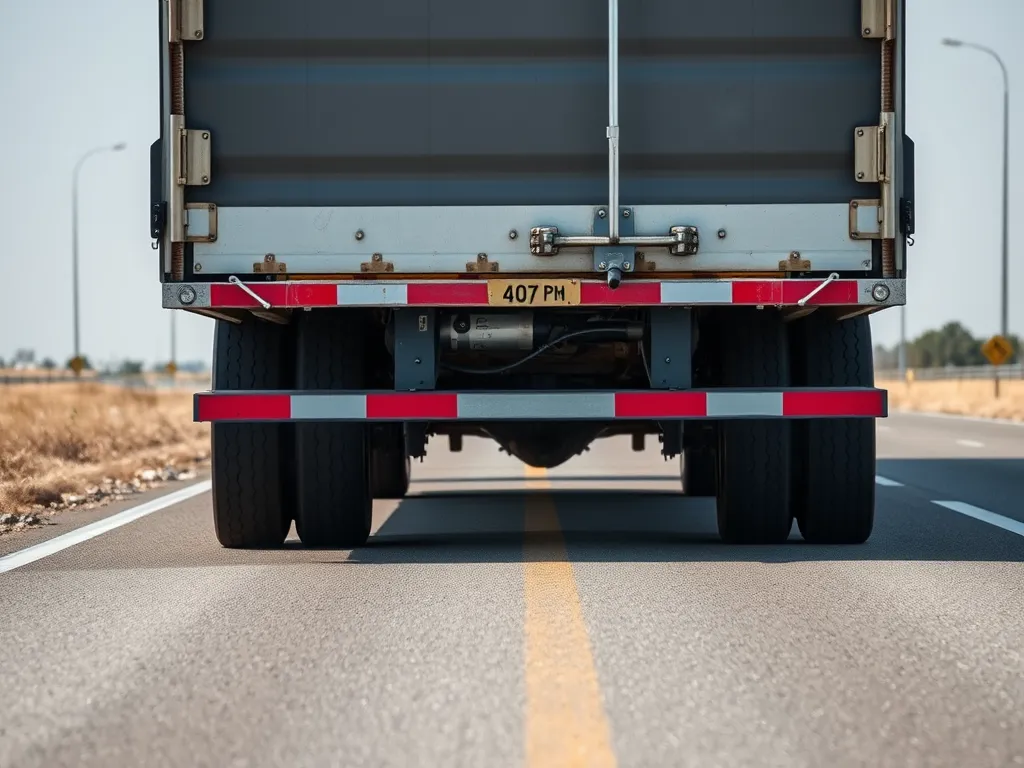
Factors Affecting Asphalt Skid Resistance
Aggregate Properties &Amp; Mixture Design
Aggregate type shapes skid resistance. Hard rock like granite or basalt holds up best. Stone size matters too. Mixes with 12.5mm stones give more grip than 9.5mm. The stone’s PSV (how well it stays rough) must hit 60+ for high-use roads. Binder grade (like PG 64-22) and mix design (Superpave) keep stones locked in place. A 5% air void range stops slippage.
Surface Texture and Aging Effects
New asphalt has deep grooves (1.5mm) for water escape. Over time, traffic flattens this to 0.8mm in 5 years. Tiny bumps (microtexture) wear down as stones polish. Sun and oil dry out binders, making surfaces slick. Chip seals add fresh stones to boost grip. Tests show aged roads drop 15-20% in skid numbers without upkeep.
Weather Impacts (Rain/ice/snow)
Wet roads cut friction by half. At 50 mph, water lifts tires off pavement (hydroplaning). Grooved asphalt drains 20-30% faster, lowering risks. Ice drops friction to 0.1-0.2 vs. 0.7 on dry roads. Porous mixes (18% air voids) suck in rain but clog with snow. States like CO use anti-ice asphalt with salt-filled pods. MN specs call for heated pavements near stops.
Next, we break down how engineers turn these factors into hard numbers through skid tests and math.
Skid Resistance Calculation Methods
Measuring skid resistance involves precise formulas tied to real-world performance. These methods determine if surfaces meet specified criteria for safety.
Skid Number Formula
The Skid Number (SN) quantifies friction using the equation SN = 100 × (F/W). Here, F represents friction force measured during testing, while W is the vertical wheel load. Higher SN values (40-60 range) indicate superior skid resistance asphalt surfaces. For instance, newly laid highways targeting SN 55 use polished stone value (PSV) aggregates above 60.
ASTM E274 mandates testing at 40 mph with ribbed tires. Results drop by 15-20% when speeds increase to 60 mph. Agencies enforce minimum SN thresholds—like 35 for urban roads—to prevent hydroplaning risks.
Friction Coefficient Calculations
The friction coefficient (μ) compares lateral force to vertical load: μ = F/N. Static tests yield μ values between 0.5-0.8 for dry pavements. Wet conditions cut this to 0.2-0.4, necessitating microtexture optimization in mixture designs.
Dynamic Friction Testers (DFT) measure μ at varying speeds. At 30 mph, μ ≥0.40 meets most standards for asphalt skid resistance. Texas DOT requires μ ≥0.38 on curves, while California’s CT 342 enforces μ ≥0.45 near intersections. These metrics directly influence resurfacing schedules.
Up next: How state-specific codes like California’s CT 660 or Texas DOT’s Item 585 apply these calculations to enforce compliance.
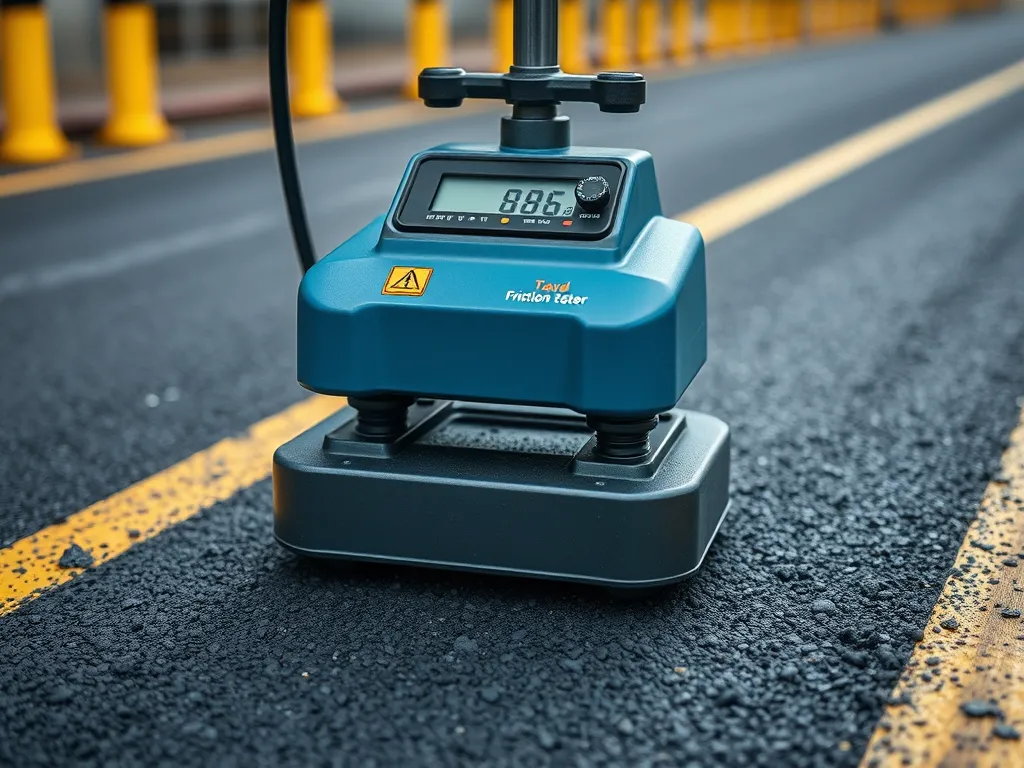
State-specific Asphalt Standards
Skid resistance standards vary across states due to climate, traffic patterns, and local safety priorities. California and Texas enforce rigorous criteria tailored to regional challenges.
California Skid Resistance Requirements
Caltrans mandates a minimum skid number (SN) of 35 for highways using ASTM E274 testing. High-risk zones like curves or steep grades require SN 40+. The state prioritizes open-graded friction courses (OGFC) with 18-22% air voids for rapid water drainage. California Test 342 measures surface macrotexture, while CT 660 evaluates aggregate polish resistance under wet conditions. Projects must maintain 0.45+ friction coefficients during peak rainfall months (November-March).
Texas Pavement Friction Criteria
TxDOT requires 30 SN minimum for rural roads and 35+ SN for urban highways via locked wheel skid trailer tests. The state’s Pavement Friction Management Program enforces annual testing on 20% of road networks. Texas specifies 1.2mm+ mean profile depth (MPD) for surfaces exposed to heavy rain. Aggregates must pass Tex-610-J polish tests, ensuring 0.38+ friction after 10,000 wheel passes. Polymer-modified binders are required in regions with 35+ inches annual rainfall.
Meeting state-specific skid resistance standards sets the stage for effective pavement management strategies during installation and upkeep phases.
Implementation &Amp; Compliance
Meeting skid resistance standards demands precise execution during construction and consistent upkeep over time. Both new installations and older surfaces must follow strict protocols to ensure safe driving conditions.
New Pavement Installation Guidelines
Fresh asphalt mixes require stone materials with polished stone values (PSV) exceeding 50. Contractors pair these with binder grades like PG 76-22 to optimize cohesion. Surface textures—macrotexture (depth ≥ 0.8 mm) and microtexture—are engineered using methods like grooving or drag-finishing. Testing begins immediately: BPT readings ≥ 55 or DFT results ≥ 0.45 confirm compliance with standards like ASTM E303. Projects in California must meet CT 342’s 65 SRI minimum, while Texas DOT enforces ≥ 0.38 friction coefficients via locked-wheel trailers.
Maintenance Of Aged Asphalt Surfaces
Older pavements lose skid resistance due to polishing, rutting, or oxidation. Diamond grinding restores macrotexture (cost: $2.50–$4.00 per sq yd), while high-friction surface treatments boost microtexture. Seal coats with calcined bauxite improve wet-weather grip by 35%. State DOTs mandate skid testing every 24–36 months; surfaces below SRI 40 trigger corrective measures. Micro-milling removes up to 0.25 inches of worn material, exposing fresh stone layers without full-depth reconstruction.
Balancing skid resistance with ecological factors becomes the next challenge. Surface treatments must perform under heavy traffic while managing stormwater runoff.

Environmental Considerations
Balancing skid resistance with planetary impacts shapes modern asphalt standards. Road surfaces must grip tires through storms without harming surroundings. Two factors drive this balance: surface treatments that boost friction sustainably and drainage systems built for shifting climate patterns.
Eco-friendly Surface Treatments
Rubber-modified asphalt mixes now dominate skid-resistant surfaces in rain-prone zones. Adding 15-22% crumb rubber from recycled tires cuts landfill waste while improving friction by up to 35% compared to traditional hot-mix asphalt. California’s Caltrans specifies rubberized asphalt for highways like I-5, hitting skid numbers above 45 under ASTM E274 testing. Warm-mix asphalt tech also gains traction, slashing production temps to 250-275°F (121-135°C) – a 50°F drop that maintains SRI scores above 0.55 per AASHTO T242.
Drainage and Weather Adaptation
Porous asphalt designs combat hydroplaning while managing stormwater. A 2-inch surface layer with 16-22% air voids drains 4,000 gallons/hour per acre – meeting ASTM E2380 permeability standards. Texas DOT mandates these mixes on I-35 sections, pairing 0.70+ friction coefficients with 40% reduced runoff. Polymer-modified binders in Minnesota’s MnROAD project withstand -30°F freeze-thaw cycles, keeping skid numbers above 35 despite ice buildup. Open-graded friction courses (OGFC) with 3/8-inch aggregates now handle 90% of Florida’s heavy rain events without compromising ASTM E303 skid scores.
Up next: How states apply these standards through precise installation rules and upkeep tactics.
FAQ: Asphalt Skid Resistance Standards
What is the Average Friction Value for Asphalt?
The average friction value for asphalt typically ranges between 0.4 and 0.6 for new surfaces. Values can vary depending on road conditions, materials used, and environmental factors.
Which Asphalt Surfaces Offer Higher Skid Resistance?
Asphalt surfaces that incorporate harder aggregates, such as granite or basalt, and maintain a rough texture typically provide higher skid resistance. Additionally, open-graded friction courses designed for rapid drainage can also enhance skid performance, especially in wet conditions.
How Do California and Texas Standards Differ?
California generally requires higher skid resistance values compared to Texas. For instance, California mandates a minimum skid number (SN) of 35 for highways, while specific conditions can push that requirement to 40+. In contrast, Texas requires a minimum SN of 30 for rural roads and 35+ for urban highways, with different testing protocols in place.
What is the Significance Of Minimum Skid Values?
Minimum skid values are crucial for ensuring road safety and preventing accidents, particularly in adverse weather conditions. Each state’s standards are based on empirical data correlating skid resistance with accident rates; thus, compliance helps minimize risks associated with wet or icy roads.
Final Words
Asphalt skid resistance standards play a vital role in ensuring road safety and compliance with regulations. By focusing on metrics such as the coefficient of friction and skid resistance index, we can maintain safe driving conditions. Regular testing methods, including the British Pendulum Test and Dynamic Friction Tester, help assess the effectiveness of asphalt surfaces in various conditions.
Understanding the factors that affect skid resistance, such as aggregate properties and surface texture, is essential for the proper design and maintenance of asphalt pavements. Moreover, staying informed about state-specific standards, especially in regions like California and Texas, ensures adherence to local regulations.
For more information on asphalt skid resistance standards and best practices, visit Asphalt Calculator USA.
Additional Resources for You:
- Yoder, E. J., & Witczak, M. W. (1975). Principles of Pavement Design (2nd ed.). New York, NY: Wiley.
- Skid Resistance of Highway Pavements
- Long-term skid resistance evolution and influence mechanism of asphalt pavement based on self-developed wear equipment – ScienceDirect
- Skid Resistance – Pavement Interactive
- Skid Resistance – an overview | ScienceDirect Topics

